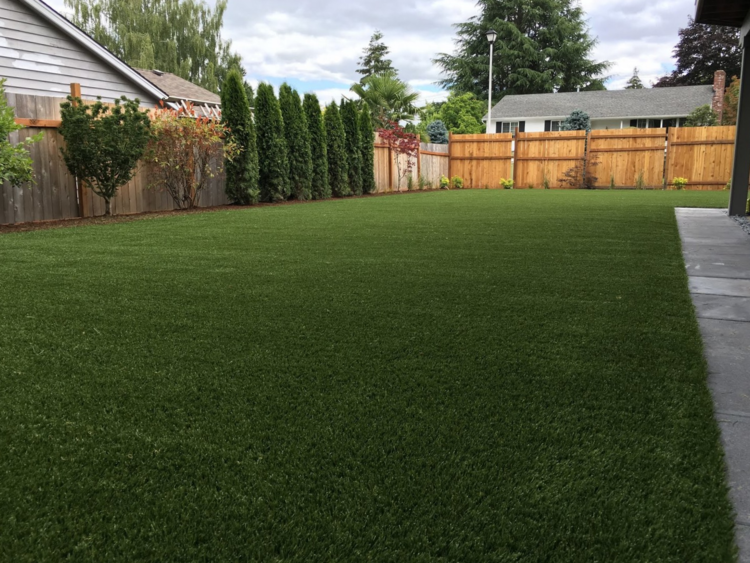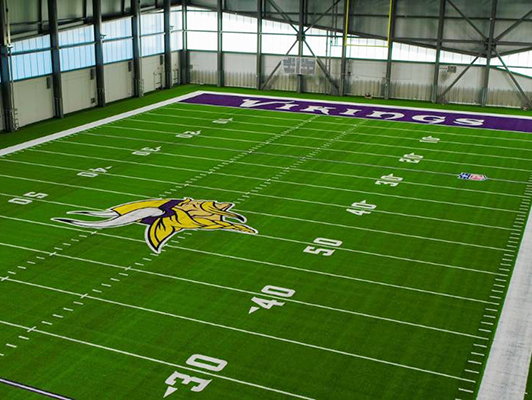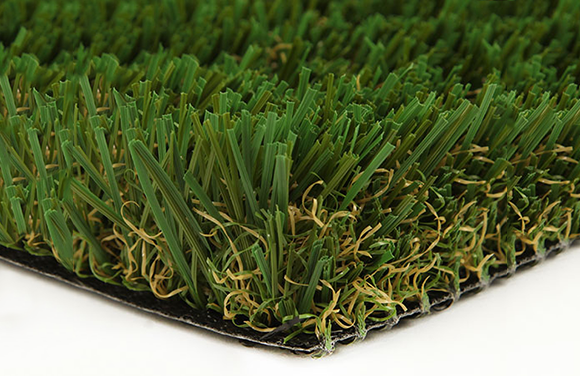Explore the Environmental Advantages of Opting for Artificial Turf Solutions
The fostering of fabricated grass remedies presents a compelling opportunity to deal with pushing ecological obstacles. By considerably minimizing water use and decreasing the application of damaging chemicals, these options not just advertise lasting landscape design yet additionally shield neighborhood ecological communities.
Water Conservation Benefits
Among the most considerable benefits of synthetic grass is its capacity to preserve water. Standard lawn yards need considerable irrigation, especially in areas vulnerable to dry spell or water limitations. In comparison, synthetic grass does not require watering, significantly decreasing the overall need for water sources. This attribute is especially helpful in dry regions where water shortage is a pressing problem.
By removing the requirement for routine watering, synthetic grass adds to sustainable landscape techniques and helps minimize the environmental influence of excessive water usage. The preservation of water prolongs to the decrease of runoff, which can lead to soil disintegration and waterway contamination.
In addition, the installation of synthetic grass enables towns and homeowners to allot water sources much more effectively, concentrating on essential uses such as drinking water and agriculture. The change in the direction of synthetic grass not only advertises liable water use but also lines up with more comprehensive environmental goals focused on protecting natural resources.
As neighborhoods significantly focus on sustainability, the water conservation benefits of synthetic grass provide an engaging instance for its fostering in household and commercial landscaping projects.
Reduced Chemical Use
The change to synthetic grass considerably reduces the reliance on chemical treatments commonly made use of in all-natural yard upkeep. Standard grass administration normally includes the application of herbicides, pesticides, and plant foods to advertise growth and control pests. These chemicals can pose threats to human wellness, regional wildlife, and the environment, adding to dirt and water contamination.
On the other hand, artificial lawn eliminates the demand for these hazardous substances. As soon as set up, it requires marginal upkeep, primarily being composed of routine cleansing and occasional infill replenishment. This reduction in chemical use not only profits the instant environment yet likewise adds to wider ecological security. By reducing the launch of synthetic substances into the ecological community, man-made turf advertises healthier dirt and water systems.
Furthermore, the lack of chemical runoff connected with synthetic grass installments assists shield local rivers from contamination, sustaining aquatic life and maintaining biodiversity. Arizona turf. As areas significantly focus on sustainable methods, selecting synthetic grass offers a viable service that lines up with ecological preservation objectives. Through this shift, homeowner can delight in rich environment-friendly rooms without endangering eco-friendly health, leading the way for a much more sustainable future
Lower Carbon Footprint

In addition, the installation of man-made grass can cause substantial water conservation. Natural yards call for substantial amounts of water for irrigation, which not just adds to the carbon footprint connected with water removal and therapy yet additionally pressures neighborhood water sources. On the other hand, artificial turf needs very little maintenance, requiring no watering, consequently significantly decreasing water usage and its associated energy costs.
Additionally, the longevity of man-made grass adds to its decreased carbon impact. With a lifespan of up to 15 years or even more, the demand for regular replacements is reduced, leading to less waste and lower more tips here power intake in production and dealing with conventional grass choices. On the whole, synthetic grass provides a sustainable alternative for eco mindful landscaping.
Environment Preservation
Habitat conservation is an essential factor to consider in the dispute over landscape design selections, especially when comparing synthetic grass to natural grass. All-natural turf lawns often call for substantial maintenance, consisting of using fertilizers, herbicides, and chemicals, which can adversely influence local ecosystems. These chemicals can seep into the dirt and waterways, hurting native plants and animals and interrupting neighborhood habitats.
On the other hand, synthetic lawn provides a possibility to decrease the eco-friendly footprint of landscaping. By deciding for artificial turf, homeowners can lessen the disturbance of natural environments linked with conventional grass care practices. Man-made lawn eliminates the requirement for unsafe chemicals, thus shielding nearby wildlife and preserving the stability of bordering ecosystems. Furthermore, the setup of synthetic grass can result in the conversion of former grass locations into even more biodiverse landscapes, such as pollinator yards or indigenous plant locations, which can support neighborhood wildlife.
Ultimately, the change to synthetic grass not just read what he said saves water and decreases maintenance initiatives yet likewise promotes a more unified partnership in between human activities and the all-natural setting, advertising habitat preservation at the same time.
Long-Term Sustainability
Lasting sustainability is a critical consider examining the advantages of synthetic grass over standard turf yards. Among the most substantial advantages of synthetic turf is its longevity; it can last as much as 15-20 years with minimal upkeep, whereas natural lawn calls for frequent reseeding and substitute. This durability lowers the requirement for constant sources, such as water, fertilizers, and chemicals, which are vital for maintaining a healthy and balanced grass yard.
Additionally, artificial grass contributes to a decrease in carbon emissions connected with lawn treatment tools. Standard lawns commonly require gas-powered lawn mowers, leaners, and blowers, all of which add to air pollution. Arizona artificial turf. In contrast, synthetic grass gets rid of the demand for such equipment, advertising a cleaner setting
Furthermore, the manufacturing of synthetic grass significantly utilizes recycled materials, boosting its sustainability account. As producers embrace environmentally friendly methods, the ecological footprint of synthetic grass proceeds to diminish.

Verdict
The adoption of synthetic grass remedies presents significant ecological advantages, consisting of considerable water conservation, minimized reliance on hazardous chemicals, and a reduced carbon footprint. Artificial grass help in preserving all-natural environments by reducing land disruption and promoting long-lasting sustainability via the use of long lasting products. Collectively, these aspects underscore the capacity of synthetic grass to add positively to ecological wellness and use a viable choice to traditional landscape design techniques in a progressively resource-conscious globe.
In contrast, synthetic grass does not require watering, substantially reducing the overall demand for water sources. By decreasing the launch of artificial compounds into the community, man-made lawn advertises much healthier dirt and water systems.
Furthermore, next the installation of synthetic grass can result in considerable water preservation. In comparison, fabricated lawn needs minimal upkeep, calling for no watering, consequently dramatically reducing water use and its connected power costs.
